
Machacar is a verb in Spanish that means to grind or mash by pounding. Traditionally machaca is meat that has been sundried, cooked and pounded into small pieces (hence, the name.) This was originally a method to preserve meat, developed in the Northern Mexican states of Sonora and Nuevo Leon; hunters often prepared venison and other game meats, but nowadays, with the creation of wild life sanctuaries, beef is the most common choice. The dried pounded meat is also sold packaged, for a long shelf life. I saw some beef machaca from Sonora in a small grocery store in Mexico City:

However, because it is not vacuum packed, this product is not allowed across the border into the US or Canada. Some Southern states in the US have embraced this dish, and packaged machaca is available at Hispanic stores, but I have never seen it in Canada. To prepare it at home when dried machaca is not available, fresh meat may be cooked first, shredded, and then allowed to partially dry by frying in a pan, while, of course, being pounded.
Fresh Beef Machaca – Machaca fresca de res
Printable recipe: Fresh Beef Machaca
Ingredients
1 lb (454 g) stewing beef chunks, or skirt cut up into pieces
½ onion, peeled and cut into chunks
Water, to cook meat
Salt and pepper, to taste
2 tbsp vegetable oil
Place all ingredients except the oil in a large pot, bring to boil then lower heat and allow to simmer, covered, for 2 hours, or until the beef is tender and fully cooked. Remove from heat and allow to cool down. Strain through a colander; reserve broth for another recipe. Remove and discard onion. Shred meat with two forks; reserve.
In a large frying pan, warm up oil over medium heat. Add shredded beef and cook, stirring and pounding with a wooden spoon (photo below, left). Some moisture evaporates with the heat, in lieu of sun-drying, and the meat gets crispier, while the pounding breaks it up into even smaller pieces (photo below, centre); continue cooking and pounding until very crispy and golden brown (photo below, right):
Now the fresh machaca is ready to eat:

Dried machaca would have to be regenerated by hydrating and frying, but the end result would have more than a vague resemblance to this crispy meat; fried machaca may be used by itself as a taco filling, or served next to fried eggs, beans or vegetables. It is also often prepared Mexican Style, as described in my previous post (photo below, left), or scrambled with eggs for the traditional “Machaca con huevo” (photo below, right):
Printable recipe: Mexican Style Machaca and Machaca with Eggs
Mexican Style Machaca – Machaca a la Mexicana
Ingredients
2 cups crispy machaca (fresh as above, or prepared from package)
1 large tomato; washed, stem end removed, and chopped
½ onion; peeled and finely chopped
4 serrano peppers, or to taste; stem removed and sliced finely
1 tbsp vegetable oil
Salt, to taste
Warm up oil in a frying pan over medium heat; add onions and sauté until translucent. Add peppers and cook for another two minutes (photo below, left). Add machaca (photo below, right):
Continue cooking and stirring for another minute, then add tomatoes and season with salt, to taste:

Allow the tomatoes to stew for a couple of minutes, so all the flavours come together. Serve warm with tortillas, refried beans or chilaquiles, or continue recipe below, with eggs:
Mexican Style Machaca with Eggs-
Machaca a la mexicana con huevo
Ingredients
1 batch Mexican Style Machaca (see above)
4 eggs
Lightly beat eggs and pour into the pan (photo below, left); scramble all together, scraping bottom (photo below, right):
Continue cooking until set. Serve with a side of refried beans and either corn tortillas or, as below and more traditionally in the Mexican states of Sonora and Nuevo Leon, with wheat tortillas:

Thank you so much to Marilyn @ Marilyn’s Treats and Bev @ Eclectic Red Barn for featuring my Mexican Style Pizza on their Thursday Favourite Things #390, which they graciously co-host with Katherine @ Katherine’s Corner, Nina @ Vintage Mama’s Cottage, Amber @ Follow the Yellow Brick Home, Theresa @ Shoestring Elegance, Pam @ An Artful Mom and Linda @ Crafts a la Mode.
I am also sharing my recipes at Full Plate Thursday #433 with Miz Helen @ Miz Helen’s Country Cottage.
I am joining Fiesta Friday #277 with Angie @ Fiesta Friday; co-hosting this week are Diann @ Of Goats and Greens and Jhuls @ The Not So Creative Cook.
And I am bringing my recipes to What’s for Dinner? Sunday Link-Up # 202 with Helen @ The Lazy Gastronome.
I am sharing my post at Tummy Tuesday with Mary @ Cactus Catz.
An apology to Fandango @ This That and The Other for not being able to incorporate his “Fandango’s One Word Challenge” prompt into my text this time; I had no choice but to blame it on the nature of my post 😉


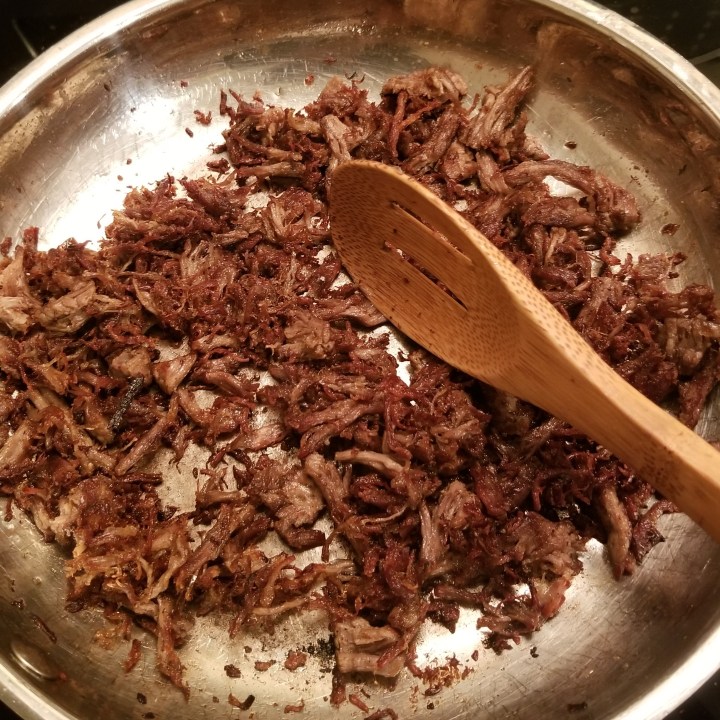
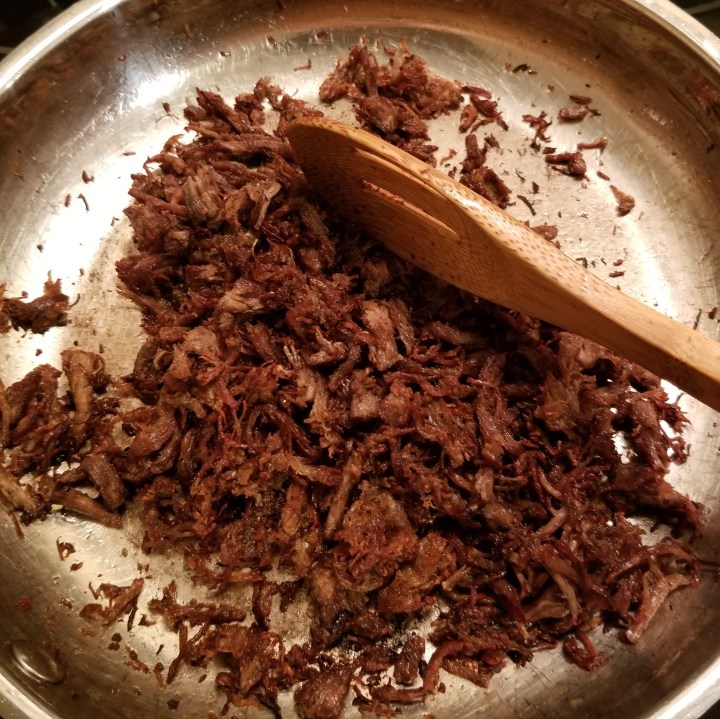
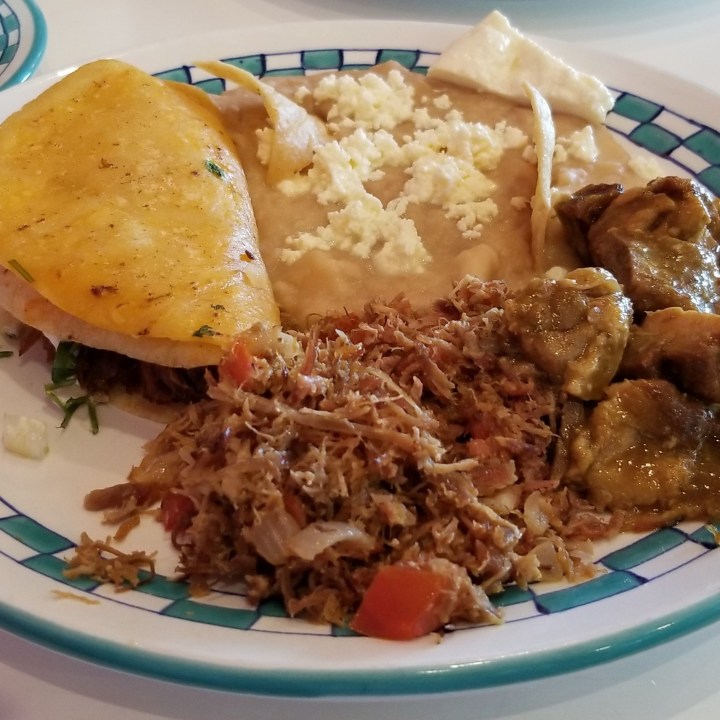



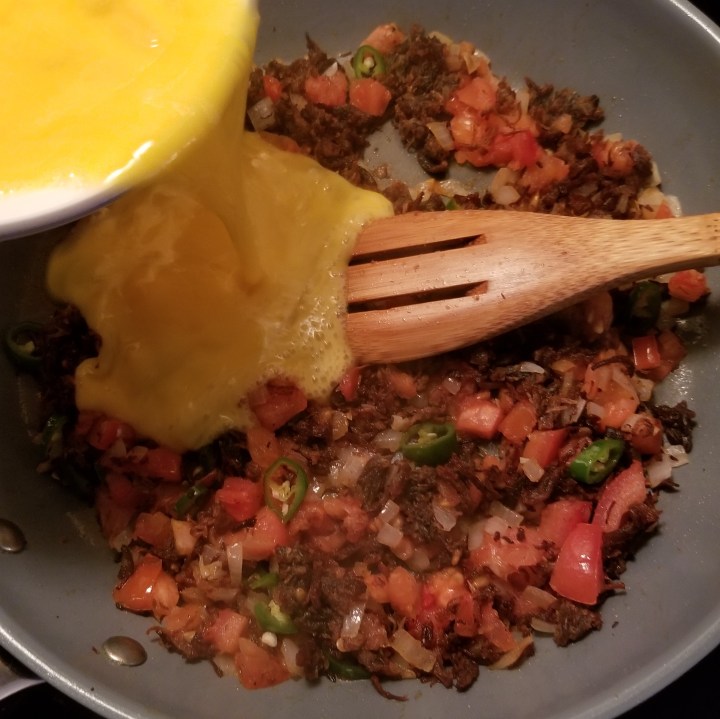
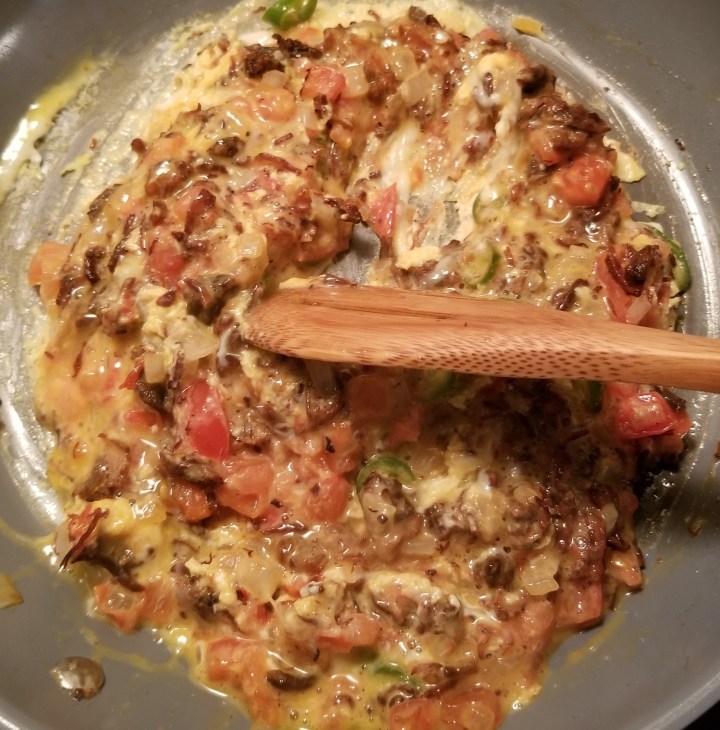







Looks yummy! 💕
LikeLiked by 2 people
Thank you for sharing your recipes. I’m learning so much about Mexican cooking from you!
LikeLiked by 1 person
So glad you like my recipes, thank you for your kind comment!
LikeLike
I have to confess Irene that I had not heard of Machaca…so very interesting and thanks for the recipe(s)
LikeLiked by 1 person
Machaca is one of those hidden regional treasures, but has become popular all around Mexico over the years. I am glad you liked the post, Kari!
LikeLike
Reblogged this on Crackling Pork Rinds.
LikeLiked by 1 person
Thank you!
LikeLike
Never heard of this ingredient. It seems that it changes the color once cooked? How interesting.
LikeLiked by 1 person
The packaged one is dried and the homemade is meat that browns as the moisture is reduced; Maillard reaction at its best 🙂
LikeLiked by 1 person
So interesting! 🙂
LikeLiked by 1 person
Ha! No apology necessary. Especially after you shared a recipe for what sounds so delicious.
LikeLiked by 1 person
Thanks, Fandango!
LikeLiked by 1 person
HI, Irene! I am glad to see you again at this week’s Fiesta Friday!
This is the first time I am introduced to Machaca. I am not sure if I’ll love the dried and packaged ones, but I am absolutely sure that I love your version. And with eggs, oh yes!! Thanks for sharing!
LikeLiked by 1 person
Thanks, Jhuls, and thank you for hosting!
LikeLike
I really like that you give historical/cultural background to so many of your dishes, and this one is no exception. I’m seriously wanting to go out and try it Right Now! TBH, I’d never heard of Machaca until today – hey, something new to try! Thanks for sharing at Fiesta Friday!!!
LikeLike
I’m coming to your house for breakfast! This looks delicious – Thanks for sharing at the What’s for Dinner party! Have a fabulous week.
LikeLike
Any time, Helen! Thank you for hosting, have a great week, too!
LikeLike
I hope you try it, let me know how you liked it; thank you for hosting, Diann!
LikeLike
Thank you for sharing at #ThursdayFavoriteThings. Pinned and shared.
LikeLiked by 1 person
Your Homemade Machaca looks very good! Thanks for sharing with us at Full Plate Thursday and have a great week!
Miz Helen
LikeLike
Thank you, and thank you for hosting, Miz Helen!
LikeLike
Looks awesome! With your great photos and recipes, you should do a cookbook. It would be an awesome one with all the background you give on the herbs and dishes
LikeLiked by 1 person
A couple of other friends have also mentioned the book idea, one is a published author and is helping me a lot, so I am in the process of making time to work on this project. Thank you so much for the encouragement, Mary!
LikeLiked by 1 person
That is wonderful! It’ll be great
LikeLiked by 1 person